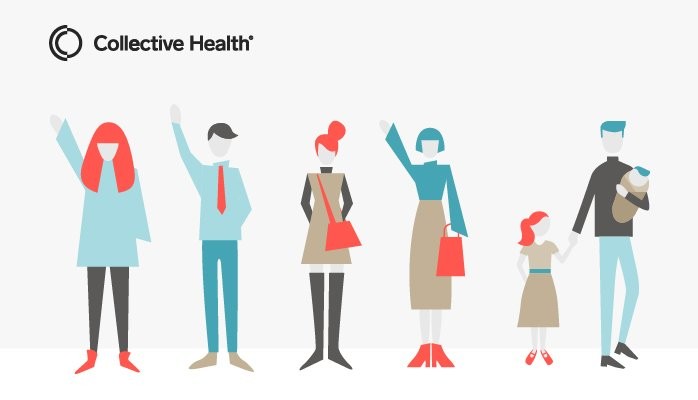
Examining the Confusion & Cost Gap: Data from the other side of our healthcare crisis
The country has been waking up to a fact many of us have been aware of for some time: it’s not just the uninsured who are feeling lost and under water when it comes to healthcare coverage and costs. From the recent New York Times report on the debt that insured Americans are shouldering to studies showing that Americans don’t want to spend more time deciphering their health benefits, it’s become increasingly clear that even the insured are confused and unprepared when it comes to their health benefits and expenses.
These reports are perplexing for many reasons. One most obvious one: spending is just as high as ever. Employers sponsor over 90 percent of private health insurance plans and continue to invest in health benefits to the tune of 1 trillion dollars a year for the 150 million Americans they cover. What’s more, recent wage data shows that benefits make up a larger portion of employee compensation than 10 years ago.
To get a better temperature check of just where the American workforce stands when it comes to these issues, we commissioned a study with Harris Poll on how healthcare benefits weigh in on Americans’ job choice, how much they understand their healthcare benefits and what they are prepared for when it comes to out-of-pocket costs.
The results of the survey speak volumes. Here are just a few highlights:
- Americans are paying attention to benefits, and it’s driving their job choices: Health benefits drive career choices for over three quarters of Americans. When it comes to those currently on an employer-sponsored health plan, this number jumps to 86 percent. And, half of millennial women say their likelihood to accept a position at a company would be impacted if the costs and coverage aren’t reasonable.
- Even though they care, they’re confused and unprepared: The majority of Americans are unprepared for large, unexpected medical costs and are confused by health benefit options available to them. 3 out of 4 millennials said that they are confused by their benefits options and a whopping 70 percent of parents said the same.
- Parents and millennial women are the most at risk: 80 percent of millennial women and 69 percent of parents with a child under 18 in their home said they are not prepared to handle an out-of-pocket medical bill adding up to $5,000.
There’s a lot more to the report — you can dive in here and download the findings to review them in detail. Beyond the data, the problems they present beg for a solution. From our vantage point, we think there’s a silver lining to be found. In terms of making an impact on these startling statistics, one group stands out as having the most potential influence: American employers.
So, what can these employers do? We’ve uncovered a few early lessons in our work providing health benefits for the workforces of some of the most innovative companies in the U.S.:
- Education shouldn’t only happen once a year: Most companies have a deadline-focused “open-enrollment” process that isn’t optimized for employees who are deciphering how their annual choice impacts their year ahead. While many employers invest in sophisticated communication strategies, some of the most important elements are very practical. Testing health plan explanations with research, ensuring education is available and ongoing after open enrollment, and investing in “always on” platforms that keep benefits information readily available are some best practices many forward thinking companies are adopting.
- Simplify the core: Even with the best explanations and education strategy, you can’t solve for complex health plans. A 2015 study published by the National Bureau of Economic Research revealed many striking findings on the negative impact that health plan complexity and volume has on the workforce. The CMU researchers found that too many health plan options result in less rational choices by employees. In fact, the study found that 85 percent of people would be better off if their employer only offered one plan. The lesson here: companies who simplify their plan design and reduce the noise of too much choice are helping employees make better long-term decisions.
- Products over process: While process and paper somehow still reigns supreme in health benefits, employers who are adopting digital or even mobile products can begin to help simplify life for employees — and often help them better understand their healthcare options via tools and technologies that are more intuitive to them. As the digital health industry grows at a faster rate than ever, employers are getting more tools to fight the battle of health benefits confusion.
We’re always interested in more dialogue on what’s driving the American workforce’s healthcare trends and would love to hear your thoughts on the study, our recommendations or what has worked for you and your company. Share your thoughts with us here on LinkedIn, or reach out at hello@collectivehealth.com.
------
*http://papers.ssrn.com/sol3/papers.cfm?abstract_id=2620842
SOURCE: Centers for Medicare & Medicaid Services, Office of the Actuary, National Health Statistics

Co-Founder, CEO at Pragma Bio
6yReally enjoyed this article. thanks for sharing!
Human-Centered Design Leader
8yThe insight to offer one plan is simple and spot on. There are so many options today that even health care pros find health plans and the system difficult to navigate.